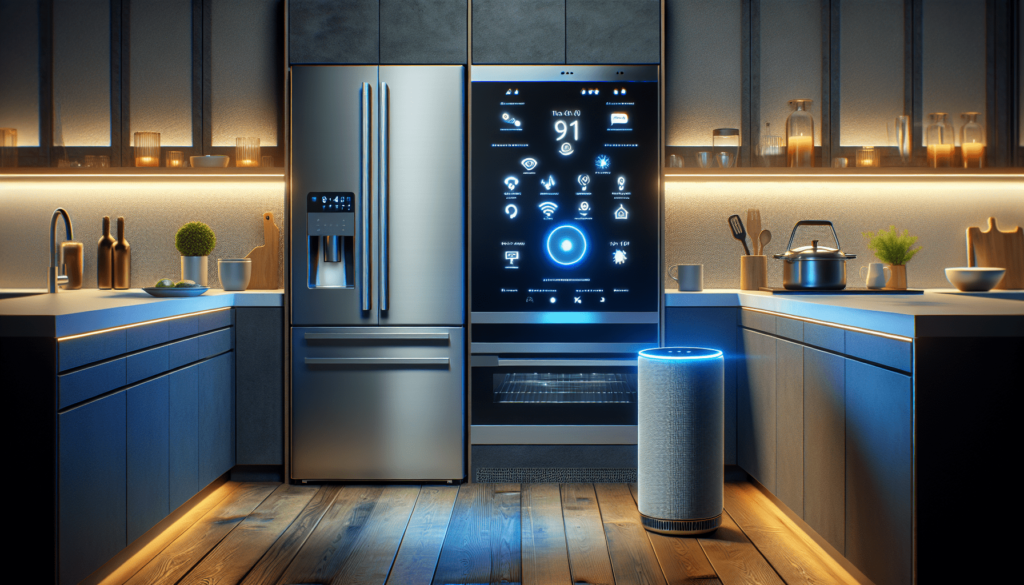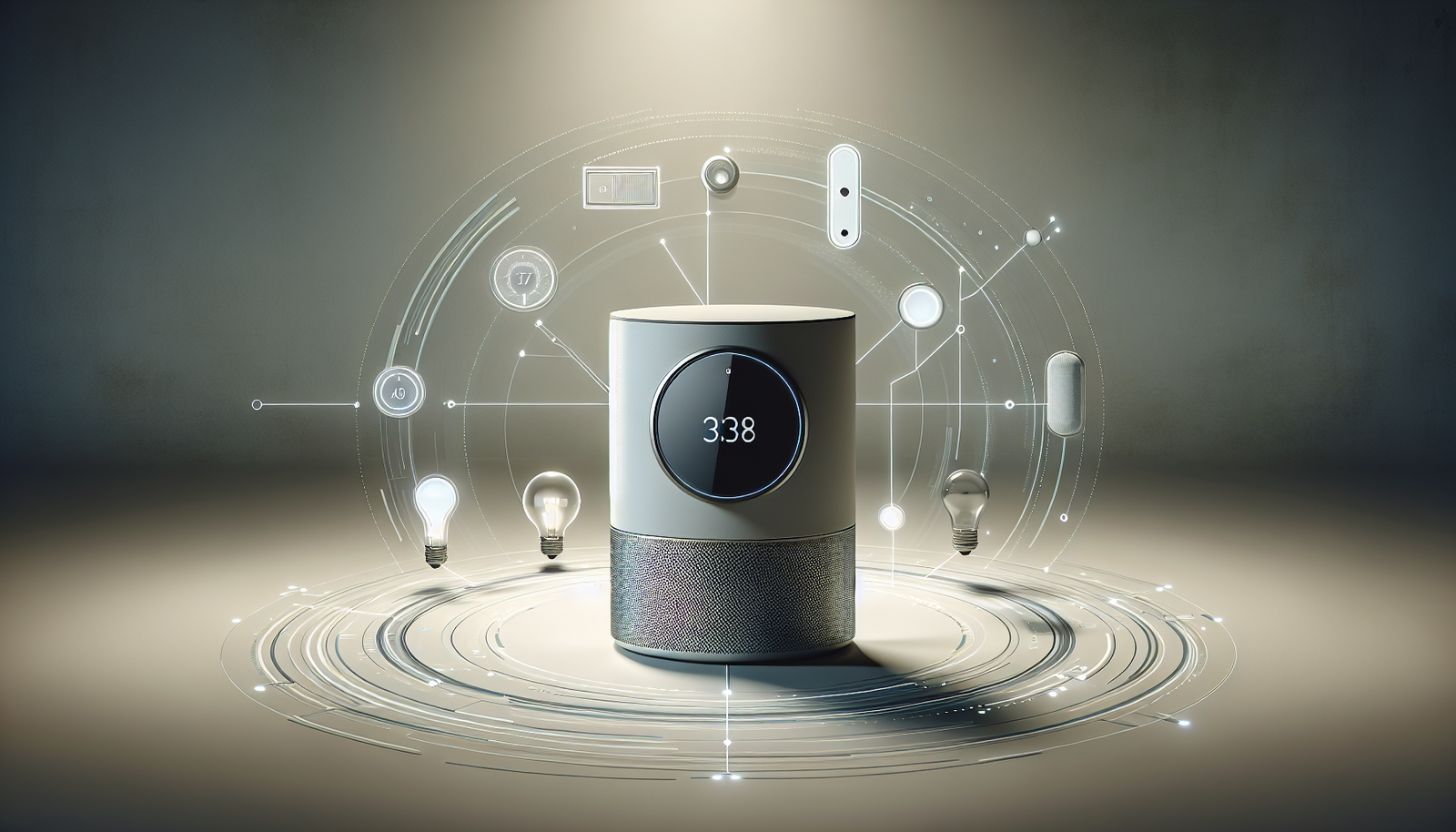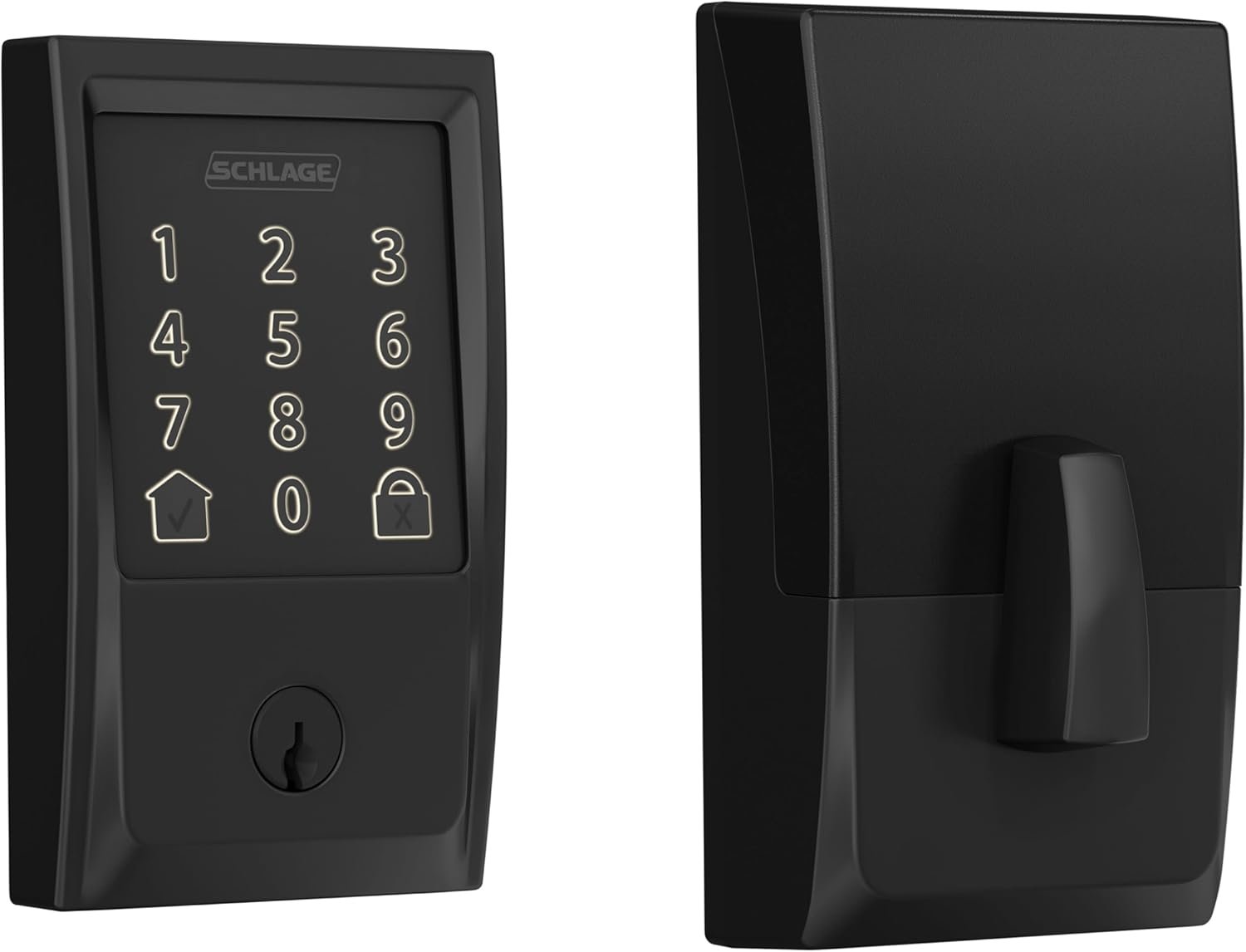Have you ever wondered how to make your kitchen smarter and your cooking experience more seamless? The realm of smart kitchen devices presents a captivating way to bring innovation and convenience into your everyday culinary adventures. By leveraging cutting-edge technology, you can transform your cooking space into an efficient, interconnected environment that not only saves time but also delivers delectable results with minimal effort.

What is a Smart Kitchen?
Understanding the basics of a smart kitchen is the first step in integrating technology into your cooking domain. A smart kitchen utilizes internet-connected devices to enhance your cooking and meal preparation tasks. These devices communicate with each other and can be controlled remotely via smartphones, tablets, or voice assistants. Whether it’s a smart fridge that offers meal suggestions or a Wi-Fi-enabled oven that allows remote control, these devices make your kitchen operations much more efficient.
Benefits of Smart Kitchen Devices
Enhanced Cooking Efficiency
Smart kitchen devices bring a level of precision and speed that traditional appliances can’t match. With automated timers, precise temperature controls, and recipe apps, you can cook meals to perfection without breaking a sweat.
Energy and Cost Savings
Many smart devices are designed to be energy efficient, helping to reduce your utility bills. They allow monitoring of consumption habits and offer suggestions to minimize waste. Imagine a smart fridge that alerts you when you’re running low on milk or a smart dishwasher that uses less water and detergent effectively.
Convenience and Control
With everything interconnected, you can control your entire kitchen from your phone or voice assistant. Forgot to preheat the oven? Simply do it via your smartphone no matter where you are.
Improved Food Safety
Smart technology can enhance food safety with features like expiration alerts and temperature monitoring. This helps ensure that your food is stored under optimal conditions, reducing the risk of spoilage and waste.
Essential Smart Kitchen Devices and How to Use Them
Smart Refrigerators
These refrigerators go beyond cooling your groceries. They can help you manage your inventory, suggest recipes based on available ingredients, and even order groceries when you run out.
How to Connect: Usually, connecting your smart fridge involves linking it to your Wi-Fi and installing a corresponding app on your phone. Ensure both the fridge and your phone are connected to the same network.
Smart Ovens
Smart ovens offer precision cooking with features like remote preheating, temperature monitoring, and voice controls.
How to Connect: Like the smart fridge, a smart oven needs to be connected to Wi-Fi and its specific app, which allows you to control the cooking settings even from the sofa.
Smart Dishwashers
These devices optimize water and energy use and can be scheduled to run during off-peak electricity hours.
How to Connect: Connect your smart dishwasher to your home network and use the manufacturer’s app to control it remotely, adjust cycles, and get maintenance reminders.
Smart Coffee Makers
Prepare your morning brew from your bed. Smart coffee makers allow you to schedule and adjust brew settings via a phone app or voice command.
How to Connect: Installation involves integrating the coffee maker with your Wi-Fi and app for timer settings and brew strength adjustment.
Voice Assistants
While not strictly a kitchen device, integrating voice assistants like Alexa or Google Home can centralize control over all your smart kitchen gadgets.
How to Use: After setting up your devices to your Wi-Fi, link them to your voice assistant app for hands-free operation throughout your kitchen tasks.
Setting Up a Smart Kitchen
Planning and Integration
Start by evaluating your current kitchen setup and identifying which smart devices you find most beneficial. Consider factors like space, budget, and compatibility with existing appliances.
Network Requirements
A reliable Wi-Fi connection is essential for seamless smart device operation. It’s crucial to have a robust Internet connection and ensure that your devices can operate on both 2.4 GHz and 5 GHz bands.
Smart Kitchen Layout
Arrange your kitchen with functionality in mind. Positioning your smart devices for optimal use involves placing them in convenient and logical spots, ensuring an easy workflow and accessibility.
Connecting Devices
Ensure all devices are connected to a single network for efficiency and security. Use strong, unique passwords for your Wi-Fi to enhance security and designate guest networks for devices that allow such a feature.

Troubleshooting Common Smart Kitchen Issues
Connectivity Problems
If your devices frequently disconnect, ensure the home network reach is strong and consider adding Wi-Fi extenders for better coverage.
Frequent App Crashes
Keep your apps updated to the latest version to avoid bugs, and periodically clear cache memory.
Device Compatibility
Sometimes, new devices might not align perfectly with existing technology. Regularly update the firmware on all devices to ensure smooth communication.
Maintenance Tips for Smart Kitchen Devices
Maintaining your smart devices is essential to extend their lifespan and maintain performance.
Regular Software Updates
Ensure your devices receive regular updates to enhance features and security. Check settings to enable automatic updates where possible.
Cleaning and Maintenance
Follow manufacturer instructions for cleaning smart devices. Frequent cleaning will prevent build-up that could impact functionality.
Cybersecurity
Protect your devices from cyber threats by changing passwords regularly and keeping firmware and all software up to date. Be cautious about the apps you download and always check permissions.
Trends in Smart Kitchen Technology
With technology advancing, the future holds many possibilities for smart kitchens.
AI-driven Appliances
Artificial intelligence is making its way into smart kitchen devices, offering personalized recipe suggestions and inventory management.
Enhanced Automation
More appliances are moving towards complete automation, where minimal user input is needed to prepare and cook meals.
Connectivity and Integration
Newer smart kitchens integrate with broader smart home systems, ensuring everything from lighting to climate control works in harmony.
Sustainability and Eco-Friendliness
Many newer devices are focusing on using sustainable materials and providing features that reduce energy and water consumption.
Conclusion
Whether you’re a busy professional, a tech enthusiast, or someone who simply loves the idea of a connected home, smart kitchen devices offer numerous benefits that can revolutionize your culinary experiences. With proper setup and maintenance, you can enjoy a more efficient, safe, and enjoyable cooking environment. Remember, the focus is on integration and usage that complements your lifestyle, making everyday tasks easier and opening up more time to indulge in creativity and relaxation. Embrace these technological advancements and turn your kitchen into the heart of a smart home.
Disclosure: As an Amazon Associate, I earn from qualifying purchases.





